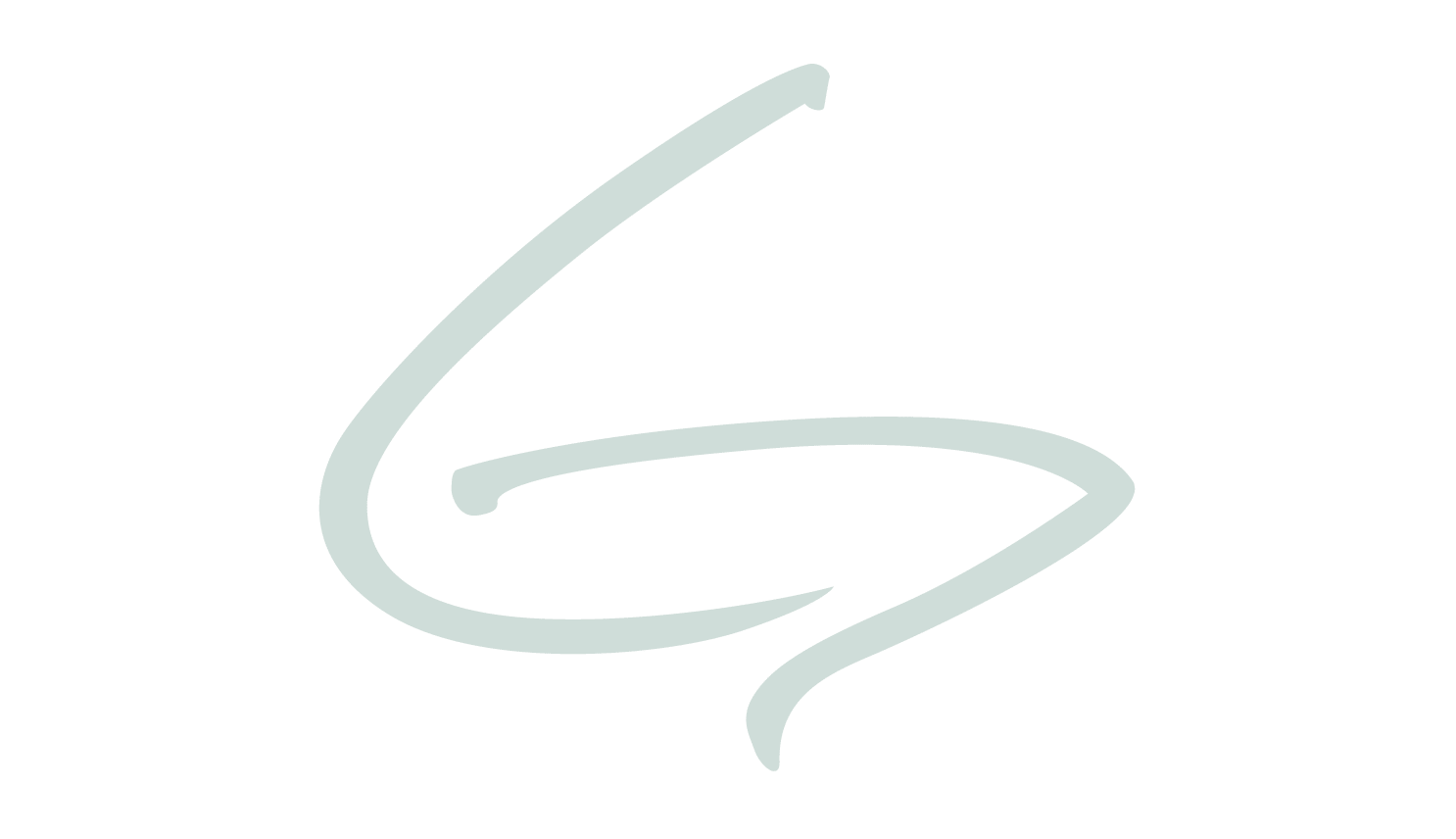August-June
The arts at Greenacres often use a creative lens to understand science, nature, and its processes. In this program, we will explore the Maple Syrup process through the perspective of art making and storytelling. Expect music, acting, and creativity! This program is best suited for students ages 5-9. This program is an ideal companion to our Maple Syrup Program. All multigrade program offerings will be supported by grade-level appropriate standards, available to share upon request.
Vocabulary:
character, setting, script, blocking, backdrop, stage presence
